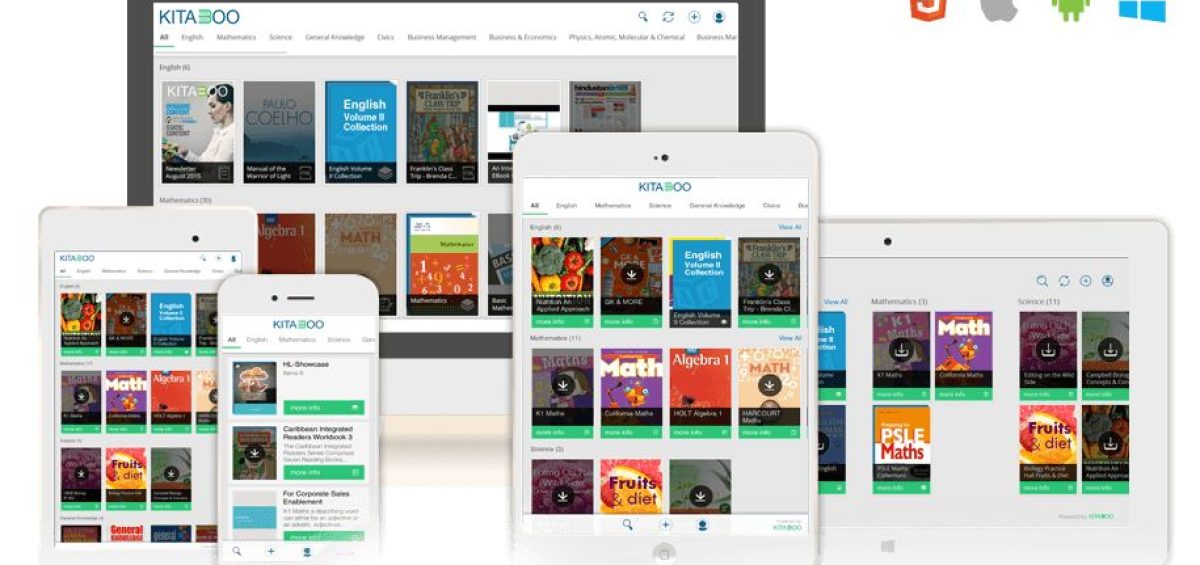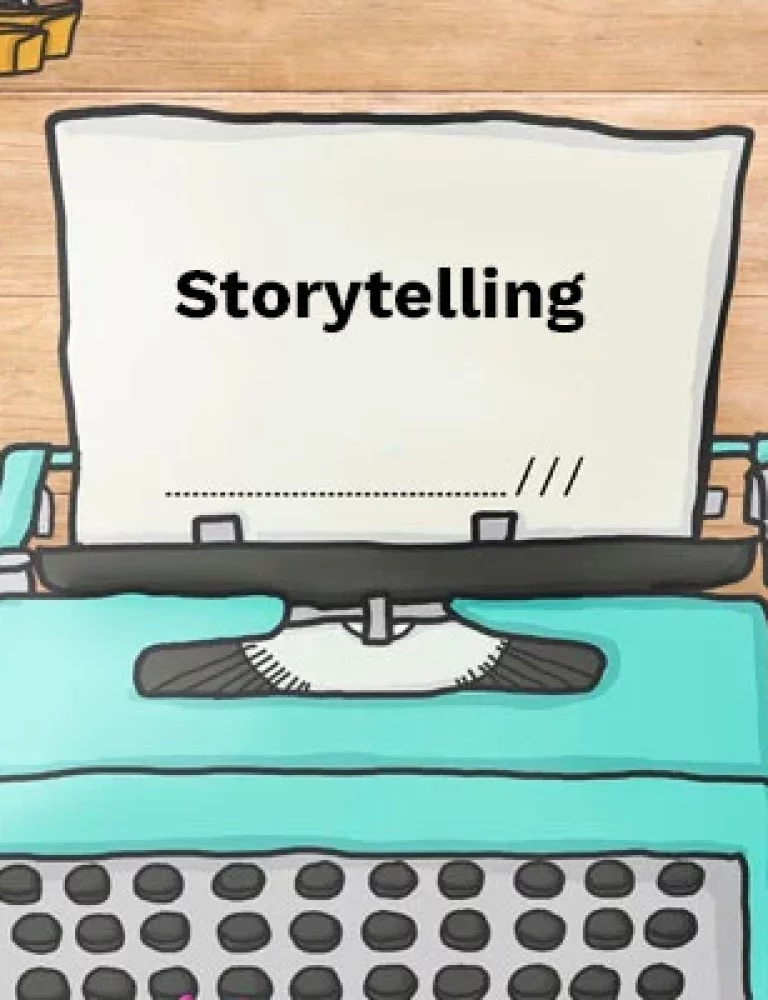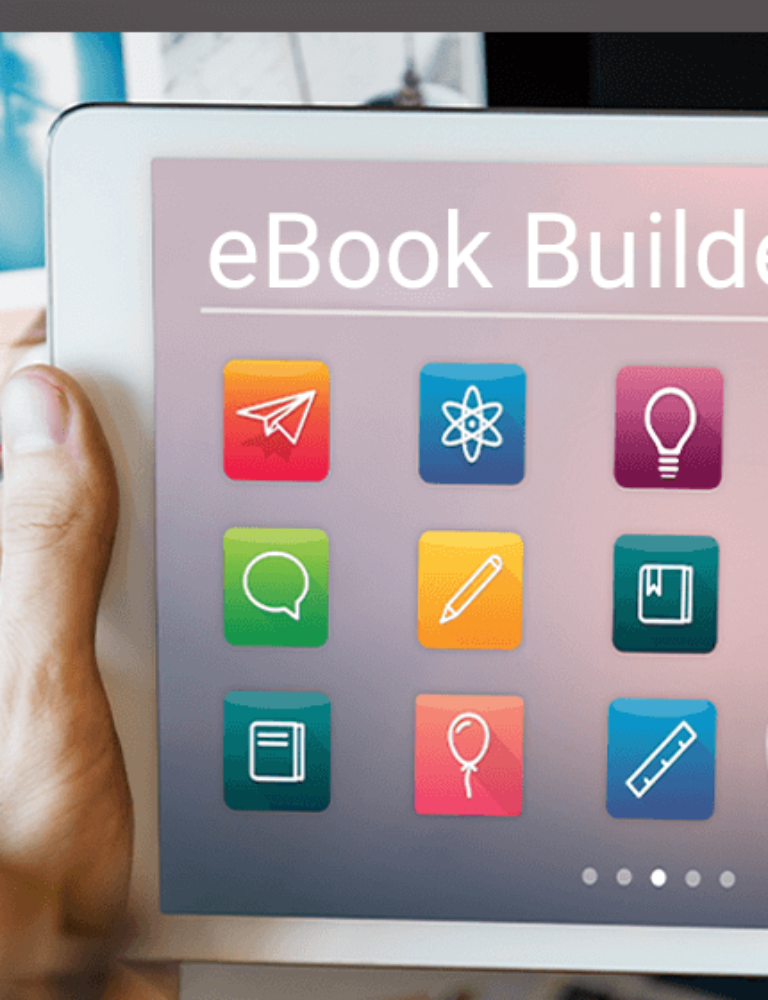The scenario of high school education has tremendously transformed. Today, students aren’t just attending their lessons and lectures. According to statistics, about 80% of them are also simultaneously engaged in some kind of part-time job.
With the advent of this new culture, students are able to self-support their educational endeavors to a considerable extent. However, it also entails a few cons – one of the most prominent ones being time management issues.
As learners are constantly on the move, the rigidity of traditional educational resources proves to be insufficient in accommodating their flexible learning needs. That’s where cross-device accessibility eBooks can come to the rescue. It allows students to access educational materials seamlessly across various devices, enabling them to learn anytime, anywhere.
Table of Contents:
I. What are Cross-Device Accessibility eBooks?
II. What are the Advantages of Cross-Device Accessibility eBooks?
III. Ways to Create Cross-Device Accessibility eBooks for Higher Education
- Select a Format
- Design Should Be Responsive
- Focus on Accessibility
- Add Interactive Elements
- Offer Cloud Synchronization
IV. Wrapping Up
What are Cross-Device Accessibility eBooks?
A 2023 study revealed that 4 out of 5 students use two or more devices for studying. This typically involves a smartphone and a laptop.
As the name suggests, these digital resources are designed to be accessed and run on multiple devices. Unlike regular eBooks or online learning materials, cross-device accessibility eBooks feature a smooth, responsive design and offer multi-device compatibility to ensure a consistent reading experience.
With the help of cross-device accessible eBooks built on digital textbook platforms like KITABOO, your institution can equip itself with the tools required to acclimate to this modern learning behavior.
What are the Advantages of Cross-Device Accessibility eBooks?
Here are some major benefits that highlight why these digital learning resources are a must-have in your institution’s higher education toolkit:
Enhance Flexibility
Students don’t compulsorily need a laptop to access cross-device accessible eBooks. As they are compatible with almost all digital devices, they can view them on their smartphones and tablets – literally any remote digital device available to them at the moment.
This augments flexibility, empowering learners to learn on the go incessantly.
Foster Accessibility
Limited accessibility continues to remain a major cause that hinders higher education from reaching its maximum potential. But cross-device accessible eBooks can alleviate this issue.
Most of the time, such digital resources come equipped with useful and innovative accessibility features that ensure they are equally accessible to a disabled learner as to a physically fit one. This, in turn, boosts inclusivity.
Engaging and Interactive
Just because a digital resource is rich in one aspect doesn’t mean it has to be weak in another – cross-device accessible eBooks are an example of that.
Laden with interactive multimedia elements like graphics, animation, video, and audio, these eBooks are as engaging as accessible. In fact, these days, the advanced ones also come embedded with immersive, realistic simulations. These elements take the whole learning experience to another level.
Allow Offline Access
Finding a stable internet connection is a grave challenge for students who have to travel for prolonged hours to work.
However, cross-accessibility eBooks built on efficient digital textbook platforms like KITABOO can be downloaded and viewed without the internet. This means learners just need internet connectivity once to install the eBook on their preferred device, and they’re all set to access it offline wherever they want to.
Ways to Create Cross-Device Accessibility eBooks for Higher Education
Although the cross-device accessibility feature adds a layer of functional sophistication to your digital learning resources, incorporating it is quite straightforward.
Here’s how you can do that:
Select a Format
The main reason why most eBooks fail to adapt to different devices is their format. So, start with choosing a simple, standardized format for your digital learning material.
Look for file types like EPUB that are supported across a range of devices. This will ensure your eBook is able to shift from one device to another without any jumble smoothly.
Design Should Be Responsive
Once you’ve selected a file format for your cross-device accessibility eBook, it’s time to pay attention to its design. Be judicious about the layout, opt for fluid grids for content, go for flexible, compressed multimedia, etc.
The more responsive your design is, the lower the chances of your eBook not accommodating a specific device.
Focus on Accessibility
No matter if an eBook is multi-device compatible, it’s still limitedly accessible if it lacks robust accessibility features. So, add functionalities that enrich the user experience for students with limited accessibility. This involves simplifying the navigation, providing alt texts, offering screen reader compatibility, and so on.
Add Interactive Elements
Cross-device accessibility eBooks only prove to be worthwhile if they’re filled with engaging elements that arouse a student’s interest. Therefore, incorporate multimedia elements like images, graphics, animations, video, audio, hyperlinks, quizzes, annotations, simulations – literally any factor that adds the essence of motivation and engagement to the learning material.
Offer Cloud Synchronization
Cross-device accessibility sounds great until you realize there’s a high chance your reading history will vanish when you switch to a new device. Therefore, it’s prudent to integrate cloud syncing features to cross-device accessible eBooks. This helps ensure a student’s reading progress, personal annotations, bookmarks, etc., stay intact while shuffling among multiple devices.
Wrapping Up
In this digital era, higher education institutions are constantly compelled to include innovative features and solutions that facilitate the overall learning process for their students. That’s where cross-device accessibility eBooks prove to be an incredible catalyst. They add the essence of flexibility and accessibility to digital learning resources – a must-have for higher education students of 2023.
In this regard, CTOs and managers can partner with KITABOO, a unique digital textbook platform, to enhance their educational materials. With a commitment to adhering to accessibility standards, KITABOO ensures that educational content is not only engaging but also inclusive.
Write to us at KITABOO@hurix.com for more details!
Discover How An Ebook Conversion, Publishing & Distribution Platform Can Help You
Kitaboo is a cloud-based content platform to create-publish & securely distribute interactive mobile-ready ebooks.
You May Also Like
-
Top 10 Common eBook Builder Errors and Fixes
Blog,Digital Publishing,eBook solution / January 26, 2024








